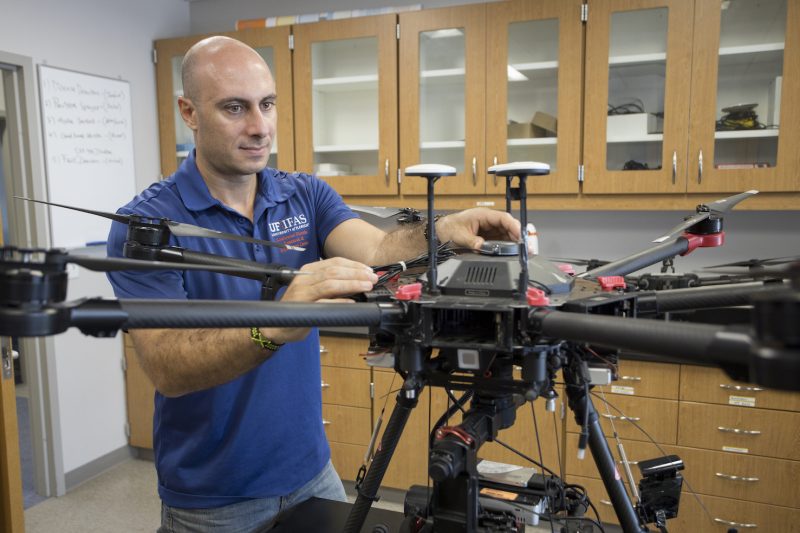Scientists and farmers see ways to make AI useful to agriculture
Scientists and farmers see ways to make AI useful to agriculture
from UF News | Brad Buck
In a groundbreaking, first-of-its kind event, university scientists, engineers, producers, government agencies and industry officials from throughout the South met at Auburn University to brainstorm ways to use artificial intelligence to help farmers.
The bottom line from participants: They can empower farmers and equip farms to increase their economic and environmental sustainability and develop resilient solutions to address climate change by using AI. The key is working together to make sure solutions fit problems and are viable in agricultural systems, from field to fork.
The three-day conference, held March 9-11 and titled, Envisioning 2050 in the Southeast: AI-driven Innovations in Agriculture, was the brainchild of Brenda Ortiz, an Auburn professor of crop, soil and environmental sciences; Kati Migliaccio, UF/IFAS professor and chair of agricultural and biological engineering; and Alex Thomasson, Mississippi State University professor and department head for agricultural and biological engineering.
Migliaccio noted these key points made at the conference:
- Data is a critical part of any AI conversation, including data ownership, data sharing, data quality. The question is: How can we do this better?
- New federal funding that allows for greater innovation and risk around ag and AI research and extension efforts is needed.
- Universities and industry need to work together on intellectual property in AI, and they’re already making great strides.
- We’re encouraging more students to go into this field because demand for AI knowledge is great.
During the conference, participants not only heard about new AI technology developments across the southeastern U.S., they also asked each other whether and how their innovations could be used to improve agriculture. They agreed that producers will agree to adopt their technology if it increases their bottom line and provides time savings or increased efficiency.


